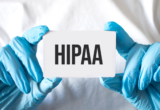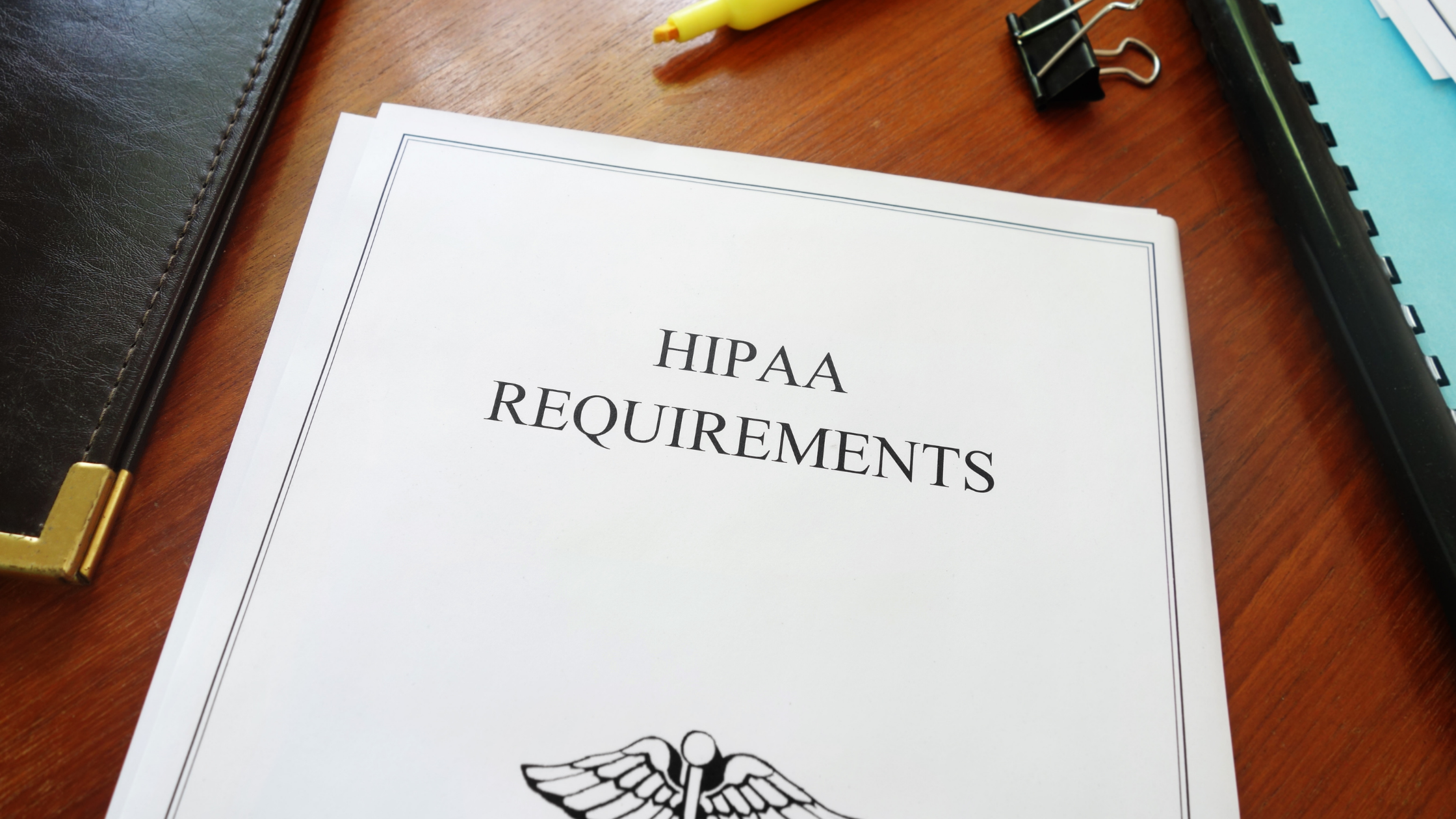
Credentialing and Compliance: A Vital Partnership
In the ever-evolving landscape of healthcare, two critical components that every medical entity must prioritize are credentialing and compliance. While these terms are often used interchangeably, they are distinct yet inseparable aspects of running a successful and ethical healthcare practice. In this comprehensive guide, we will explore the intricate relationship between credentialing and compliance, their importance in the healthcare industry, and the challenges that organizations face in navigating these processes.
Introduction
As the healthcare industry becomes increasingly complex and regulated, healthcare organizations must prioritize the processes of credentialing and compliance to ensure the delivery of safe and high-quality care. Credentialing involves the verification and evaluation of healthcare providers’ qualifications, while compliance refers to adherence to legal and regulatory requirements. Although distinct, credentialing and compliance share a close relationship, working hand in hand to uphold patient safety and maintain legal and ethical standards.
Understanding Credentialing
The Purpose and Process of Credentialing
Credentialing plays a crucial role in ensuring that healthcare providers meet the necessary qualifications to deliver safe and competent care. The credentialing process involves verifying a provider’s education, training, licensure, certifications, and experience. This thorough evaluation helps healthcare organizations determine if a provider meets the necessary standards to join their network or practice.
Accrediting Bodies and Credentialing Standards
To maintain consistency and quality in credentialing practices, accrediting bodies have developed standards that healthcare organizations must adhere to. Some notable accrediting bodies include the National Committee for Quality Assurance (NCQA), The Joint Commission (TJC), and the Accreditation Association for Ambulatory Health Care (AAAHC). These organizations set guidelines and evaluate healthcare organizations to ensure compliance with industry best practices.
Benefits of Effective Credentialing
Implementing effective credentialing practices offers numerous benefits to healthcare organizations. By meticulously evaluating providers’ credentials, organizations can mitigate risks associated with malpractice, fraud, and substandard care. Credentialing also promotes patient safety, as only qualified providers are granted privileges to deliver care. Additionally, credentialing enhances the reputation and credibility of healthcare organizations, attracting patients and payers alike.
The Significance of Compliance
Compliance in Healthcare
Compliance refers to adherence to legal and regulatory requirements in healthcare. The healthcare industry is subject to various laws and regulations, including the Health Insurance Portability and Accountability Act (HIPAA), the Affordable Care Act (ACA), and the False Claims Act (FCA). Compliance ensures that healthcare organizations operate ethically, protect patient information, and adhere to billing and coding guidelines.
Regulatory Bodies and Compliance Standards
Regulatory bodies, such as the Centers for Medicare and Medicaid Services (CMS) and the Office for Civil Rights (OCR), enforce compliance standards in healthcare. These bodies develop guidelines and regulations to protect patients, ensure fair reimbursement practices, and maintain the integrity of the healthcare system. Compliance standards cover a wide range of areas, including privacy and security, billing and coding, and quality of care.
Benefits of Robust Compliance Programs
Robust compliance programs offer numerous advantages to healthcare organizations. By complying with regulations, organizations reduce the risk of legal penalties, reputational damage, and loss of funding. Compliance programs also promote ethical behavior and transparency, fostering trust between providers, patients, and regulatory bodies. Furthermore, effective compliance practices contribute to improved operational efficiency and financial stability.
The Interplay Between Credentialing and Compliance
The Symbiotic Relationship
Credentialing and compliance share a symbiotic relationship, as they work together to ensure the delivery of safe and high-quality care. While credentialing evaluates providers’ qualifications, compliance focuses on adherence to legal and regulatory requirements. The two processes are interdependent, as compliance standards inform the credentialing process, and proper credentialing ensures compliance with regulatory guidelines.
Shared Goals and Objectives
Both credentialing and compliance aim to protect patients, maintain professional standards, and uphold the integrity of the healthcare system. By aligning their goals and objectives, healthcare organizations can create a cohesive approach to ensure that qualified providers are delivering care in a compliant manner. Collaboration between credentialing and compliance teams is crucial to achieving these shared goals.
Compliance Considerations in Credentialing
When credentialing providers, healthcare organizations must consider various compliance requirements. This includes verifying providers’ adherence to ethical standards, conducting background checks, and ensuring compliance with billing and coding regulations. By integrating compliance considerations into the credentialing process, organizations can proactively identify any potential risks and mitigate them effectively.
The Impact of ICD-10 on Credentialing and Compliance
Introduction to ICD-10
The International Classification of Diseases, Tenth Revision (ICD-10), is a global coding system used to classify and report medical diagnoses and procedures. Its implementation in the United States has had a significant impact on healthcare organizations, requiring them to update their coding practices and documentation. ICD-10 provides a more detailed and specific coding framework, improving accuracy in medical documentation and billing.
Changes in Credentialing and Compliance Practices
The introduction of ICD-10 has necessitated changes in credentialing and compliance practices. Healthcare organizations must ensure that their providers are proficient in the new coding system and comply with the updated documentation requirements. Credentialing processes now involve assessing providers’ proficiency in ICD-10 coding, while compliance programs must adapt to the new coding guidelines to prevent coding-related errors and fraud.
Adapting to the New Coding System
To adapt to the ICD-10 coding system, healthcare organizations must provide comprehensive training and education to their providers. This includes coding workshops, online resources, and ongoing support to facilitate a smooth transition. Compliance programs should also incorporate ICD-10 coding guidelines into their auditing processes to ensure accurate documentation and billing practices.
Overcoming Challenges in Credentialing and Compliance
Financial Considerations
Implementing robust credentialing and compliance programs can be financially challenging for healthcare organizations. The cost of technology, staff training, and ongoing monitoring can strain budgets, particularly for smaller practices. Organizations must carefully assess their financial resources and allocate funds accordingly to ensure the effectiveness of their credentialing and compliance initiatives.
Resource Allocation and Staffing
Credentialing and compliance require dedicated resources and staff to carry out the necessary tasks. Organizations must prioritize the allocation of personnel and provide adequate training to ensure that staff members are equipped with the knowledge and skills to perform their roles effectively. Additionally, leveraging technology and automation can help streamline processes and optimize resource allocation.
Technological Solutions
Advancements in technology have revolutionized the way credentialing and compliance processes are conducted. Healthcare organizations can leverage credentialing software, document management systems, and compliance tracking tools to streamline workflows, improve efficiency, and enhance accuracy. Implementing technological solutions can alleviate administrative burdens and facilitate better integration between credentialing and compliance functions.
Educating Providers and Practice Administrators
Necessity of Provider Education
Providers and practice administrators play a pivotal role in the successful implementation of credentialing and compliance initiatives. Educating providers about the importance of credentialing and compliance fosters a culture of accountability and ethical behavior. Continuous education and training programs should be established to keep providers updated on regulatory changes, industry best practices, and documentation requirements.
Collaborating with Practice Administrators
Practice administrators are essential partners in ensuring effective credentialing and compliance processes. Collaborating with administrators helps streamline communication, align goals, and address any operational challenges. Regular meetings, clear communication channels, and shared decision-making can enhance the collaboration between credentialing and compliance teams, resulting in more efficient and effective processes.
The Role of Medical Staff Professionals (MSPs)
Medical Staff Professionals (MSPs) play a vital role in credentialing and compliance. MSPs are responsible for managing the credentialing process, ensuring compliance with regulatory standards, and facilitating communication between providers, administrators, and regulatory bodies. MSPs must stay updated on industry trends, regulatory changes, and best practices to guide their organizations effectively through the complex landscape of credentialing and compliance.
The Future of Credentialing and Compliance
Anticipated Changes and Trends
The healthcare industry continues to evolve, and credentialing and compliance practices must adapt accordingly. Anticipated changes include increased reliance on telemedicine, advancements in artificial intelligence for credentialing verification, and stricter regulations to combat fraud and abuse. Healthcare organizations must stay vigilant, embrace innovation, and proactively address emerging challenges to ensure ongoing compliance and efficient credentialing processes.
Embracing Continuous Improvement
A culture of continuous improvement is essential for effective credentialing and compliance. Healthcare organizations should regularly assess their processes, seek feedback from providers and staff, and implement necessary improvements. By embracing continuous improvement, organizations can stay ahead of regulatory changes, identify and mitigate risks, and enhance the overall quality of their credentialing and compliance programs.
Outsourcing Credentialing and Compliance
Benefits and Drawbacks
Outsourcing credentialing and compliance processes is a strategic decision that organizations may consider. Outsourcing offers benefits such as cost savings, access to specialized expertise, and streamlined processes. However, there are drawbacks to outsourcing, including the potential loss of control and the need for careful vendor selection and management. Organizations must weigh the pros and cons and evaluate their specific needs before deciding to outsource.
Choosing the Right Partner
When outsourcing credentialing and compliance processes, selecting the right partner is crucial. Organizations should thoroughly evaluate potential vendors, considering factors such as their experience, reputation, technological capabilities, and compliance track record. Establishing clear expectations, communication channels, and performance metrics through a well-defined contract is essential to ensure a successful partnership.
Conclusion
Credentialing and compliance are fundamental pillars of a well-functioning and reputable healthcare organization. While distinct, these processes are intrinsically linked, working together to ensure the delivery of safe, high-quality care while adhering to legal and regulatory requirements. By understanding the interplay between credentialing and compliance, healthcare organizations can navigate the complexities of the healthcare landscape, protect patients, and maintain their integrity in an ever-changing industry.
Remember, staying up to date with the latest regulations, industry best practices, and technological advancements is crucial for successful credentialing and compliance programs. By embracing continuous improvement and fostering collaboration among providers, practice administrators, and medical staff professionals, healthcare organizations can build robust systems that prioritize patient safety and ethical practices.



